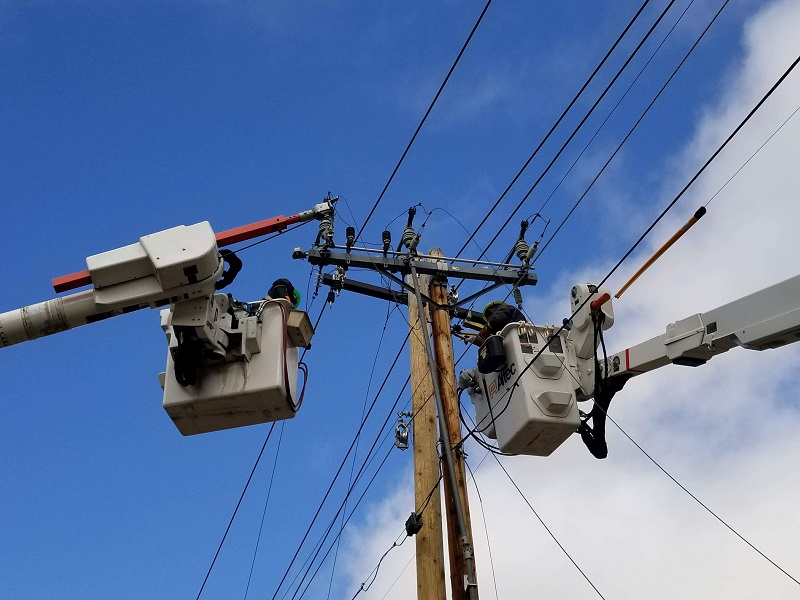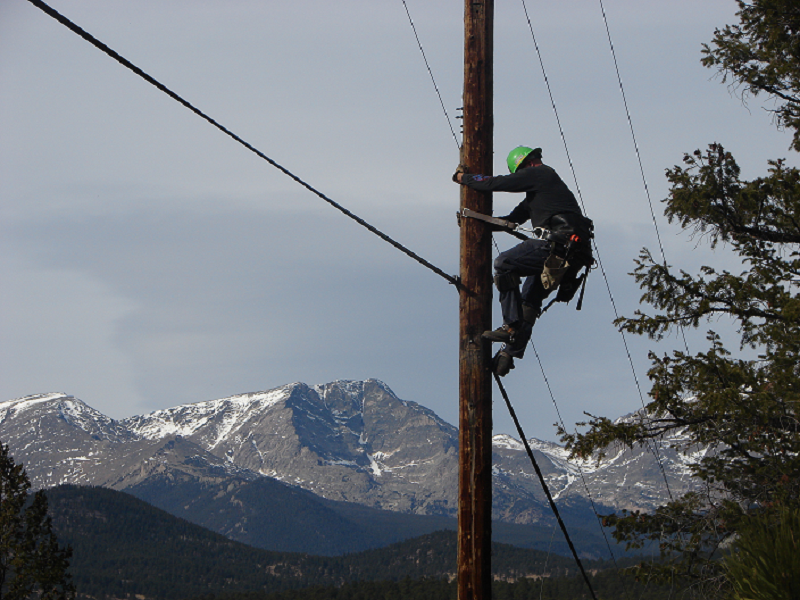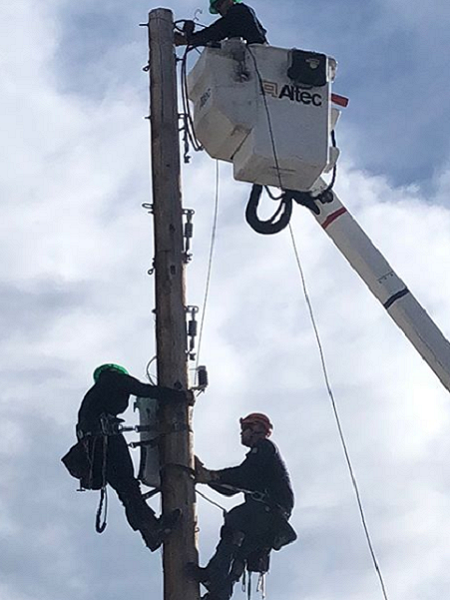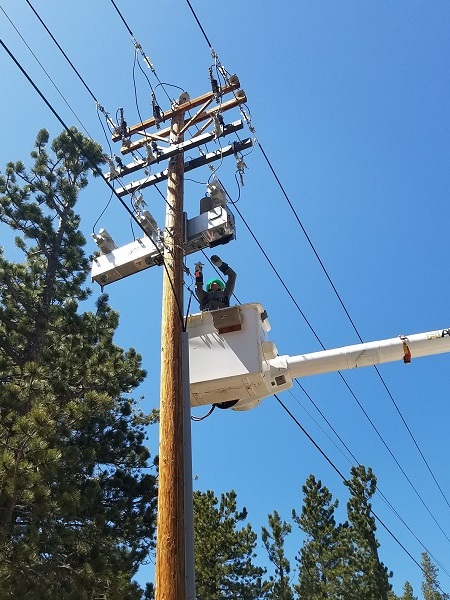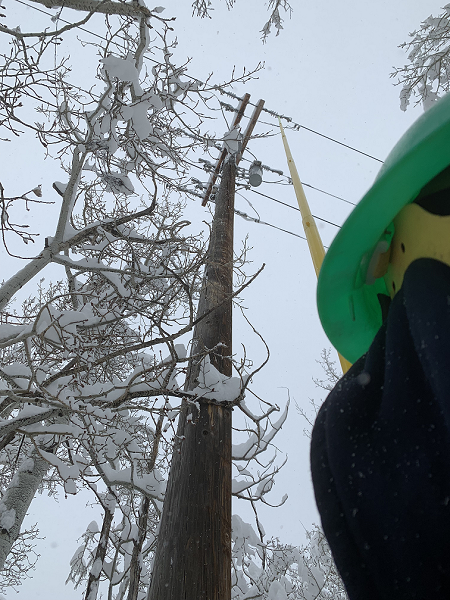Electric Projects
Estes Park Power and Communications is continually striving to provide the best electrical and broadband service to its customers.
In a dynamic environment like the Rocky Mountains, regular maintenance and upgrades to the electric system are required. Performing regular system maintenance provides opportunities to upgrade and improve on an ongoing basis. Capital improvement projects are continually underway to bring large-scale long-term upgrades to the system.
Please refer to the Trailblazer Construction Schedule webpage to follow construction progress and to see if service is available in your neighborhood.


